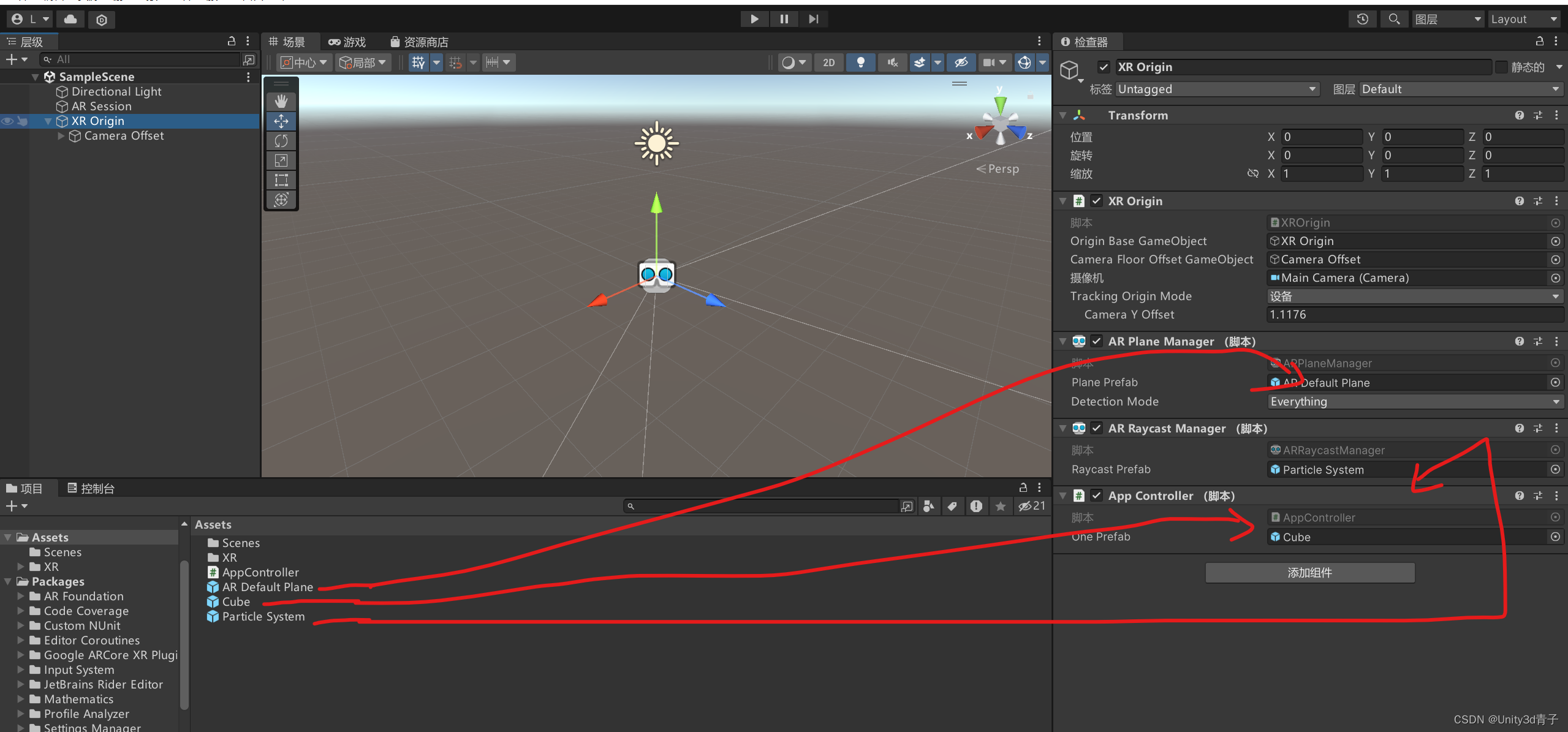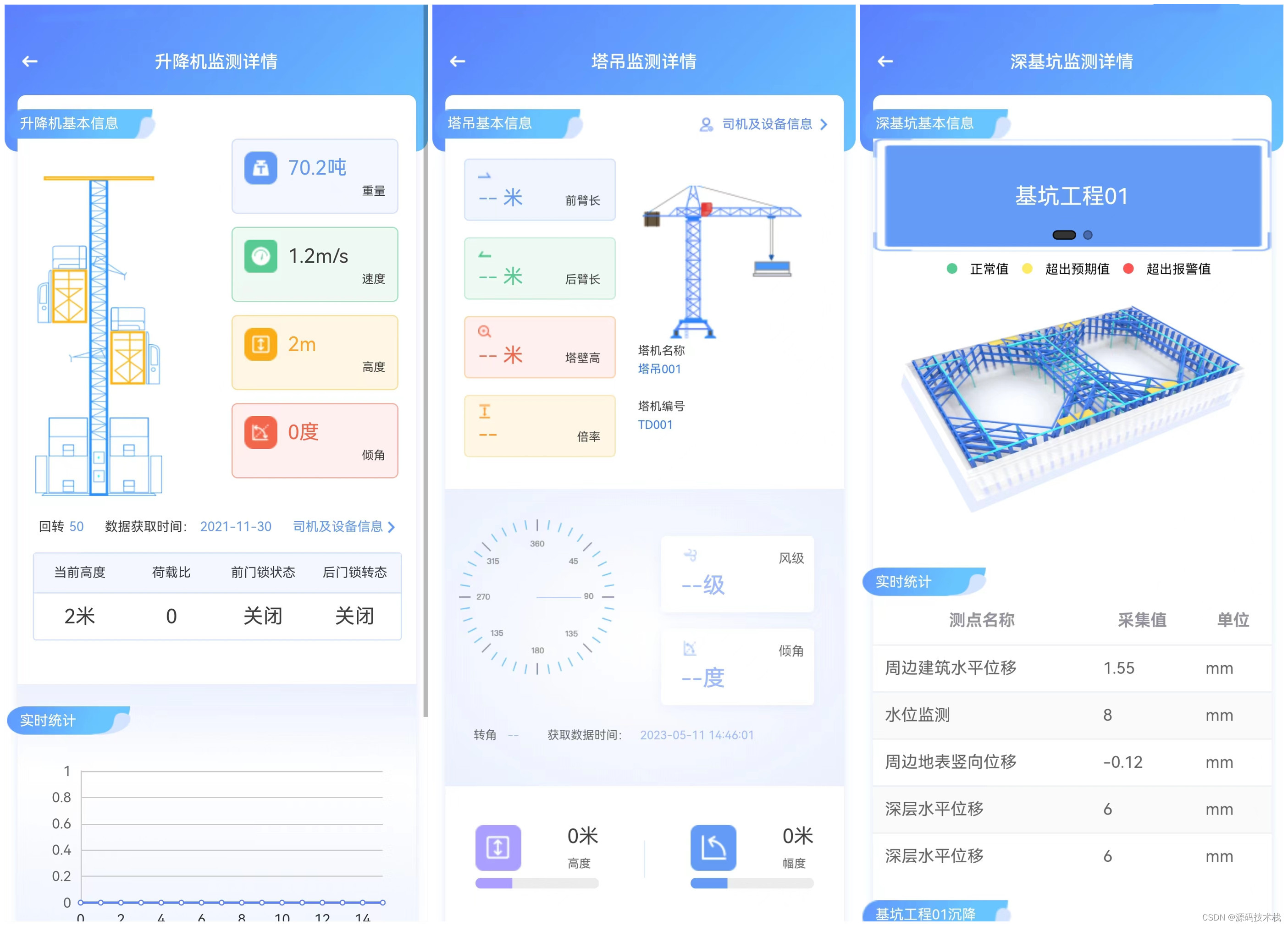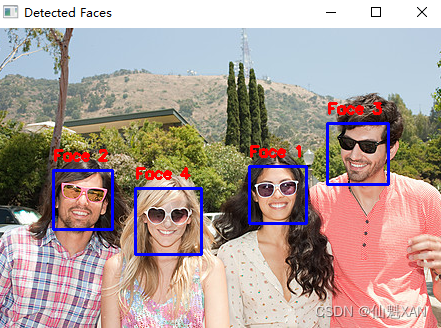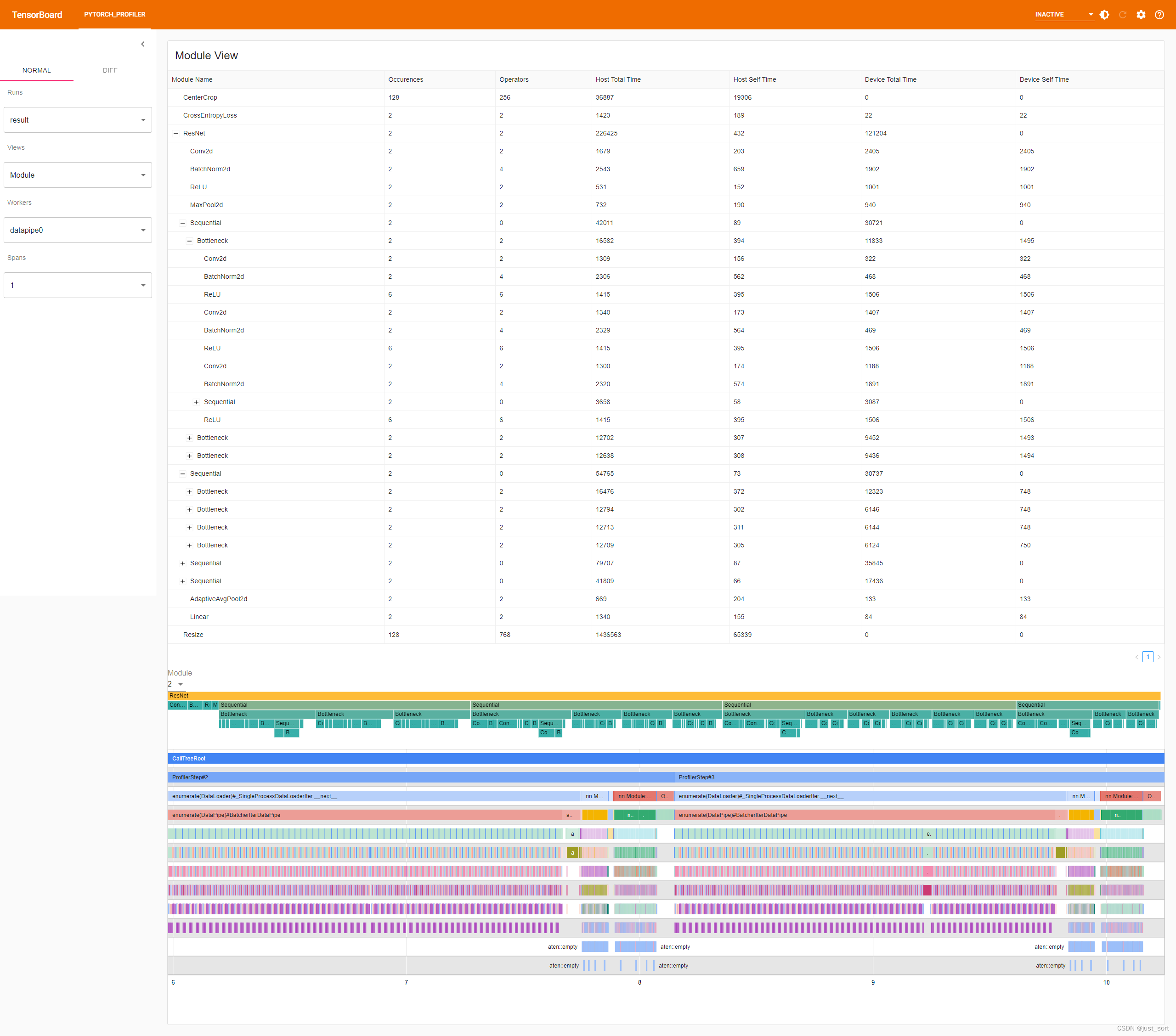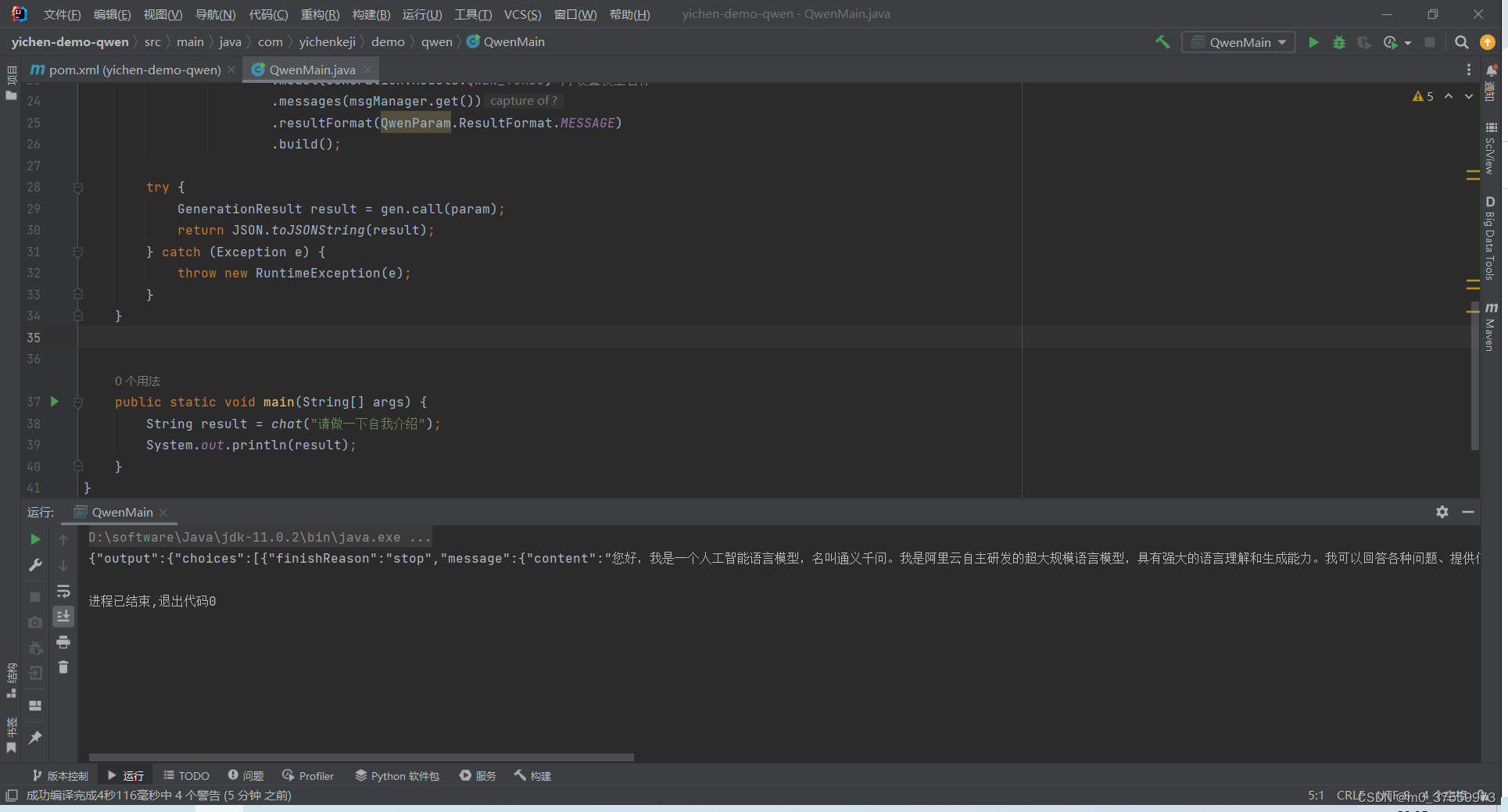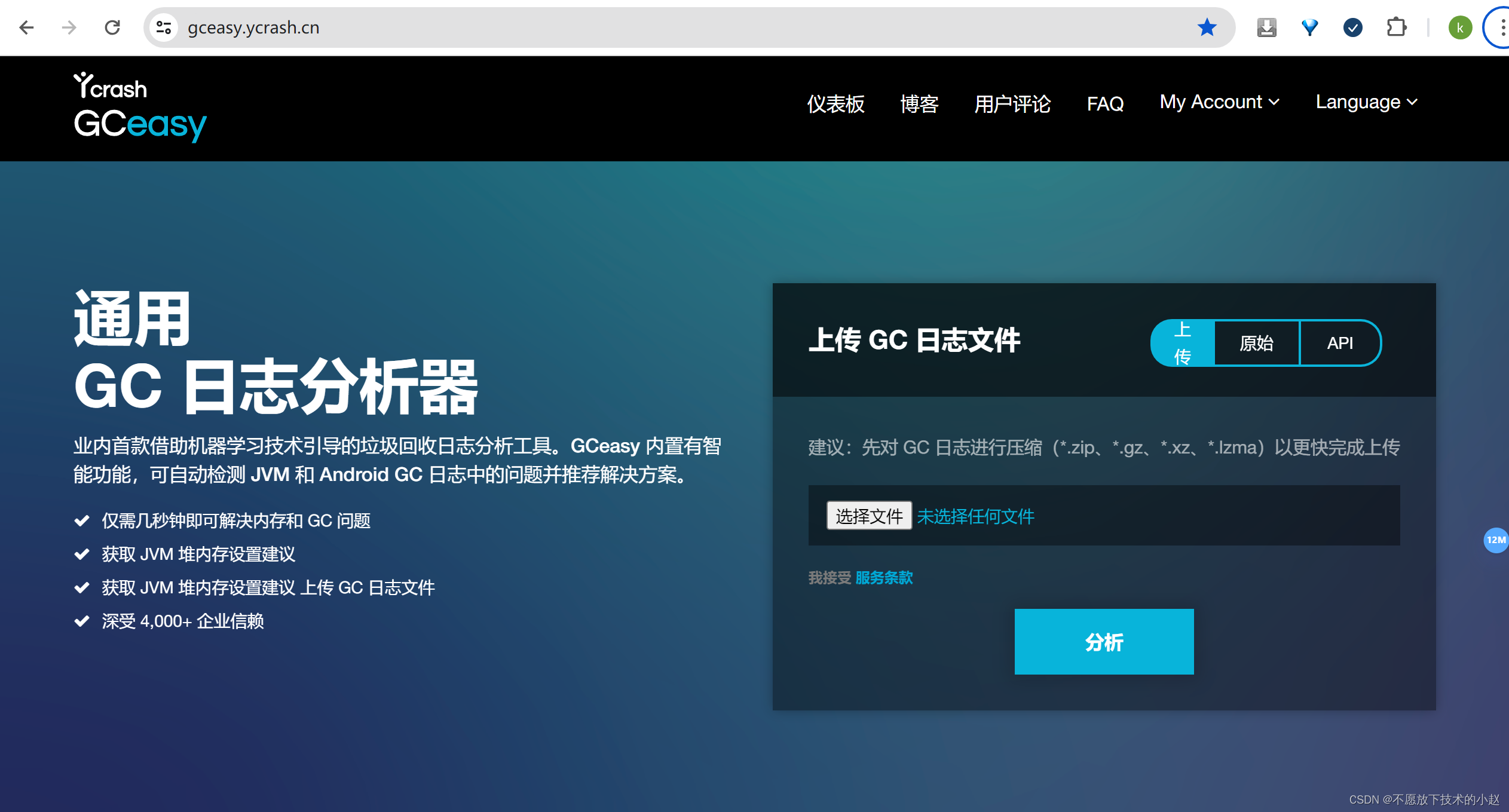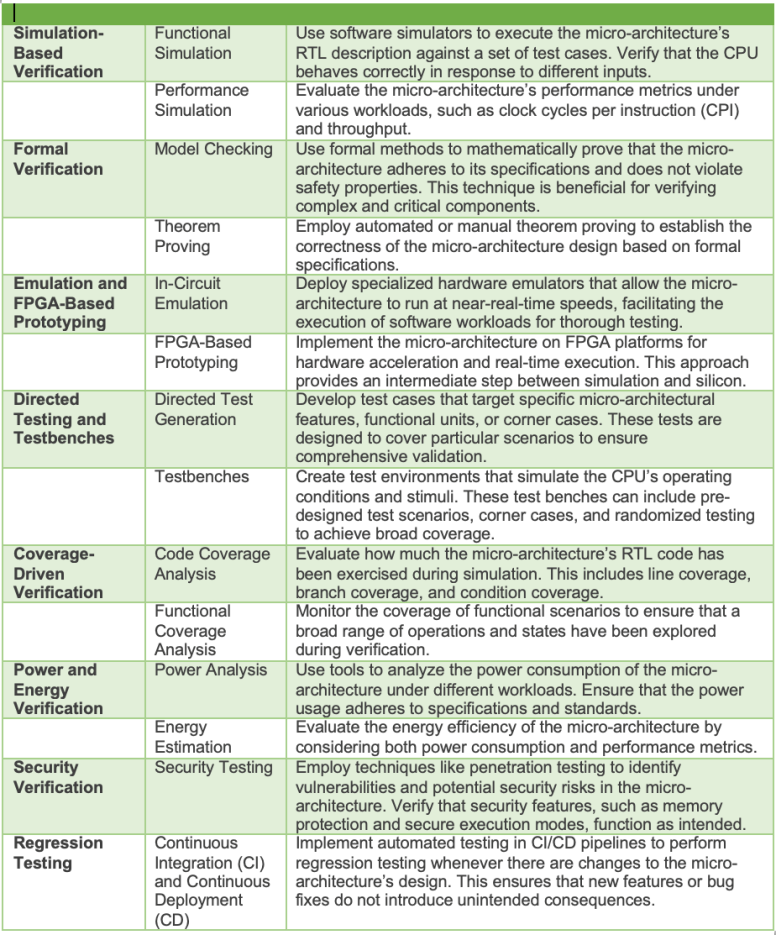代码描述:
写了一个类,命名为对象池(ObjectPool ),里面放个map容器。
3个功能:添加对象,删除对象,查找对象
该类只构建一次,故采用单例模式
功能描述:对象池可以存储其他类的对象指针
单例模式的头文件
#ifndef jz_singleton_h__
#define jz_singleton_h__
template<typename T>
class SINGLETON
{
public:
static T* get_instance()
{
static T instance;
return &instance;
}
virtual ~SINGLETON() noexcept {}
SINGLETON(const SINGLETON&) = delete;
SINGLETON& operator=(const SINGLETON&) = delete;
protected:
SINGLETON() {}
};
#endif
对象池的头文件
#ifndef OBJECTPOOL_H
#define OBJECTPOOL_H
#include <QObject>
#include <QMap>
#include "singleton.h"
class ObjectPool : public QObject,public SINGLETON<ObjectPool>
{
Q_OBJECT
public:
explicit ObjectPool(QObject *parent = nullptr);
bool addobject(QString object_name,QObject *object);
bool removeobject(QString object_name);
QObject* getobject(QString object_name);
private:
QMap<QString,QObject*>object_pool_;
};
#endif // OBJECTPOOL_H
对象池的cpp文件
#include "objectpool.h"
#include <QDebug>
ObjectPool::ObjectPool(QObject *parent) : QObject(parent)
{
}
bool ObjectPool::addobject(QString object_name, QObject *object)
{
if(object_name.isEmpty())
{
return false;
}
if(object==nullptr)
{
return false;
}
if(object_pool_.contains(object_name))
{
return false;
}
object_pool_.insert(object_name,object);
qDebug()<<"add object success";
return true;
}
bool ObjectPool::removeobject(QString object_name)
{
object_pool_.remove(object_name);
qDebug()<<"remove object success";
return true;
}
QObject *ObjectPool::getobject(QString object_name)
{
return object_pool_.value(object_name);
}
用法:
//这里构造对象,先构造父类,生成单例指针。再构造子类对象池
ObjectPool *test_temp_pool= dynamic_cast<ObjectPool *>(ObjectPool::get_instance());
//先添加一个对象
QString first("first_object");
QObject *first_object=new QObject();
test_temp_pool->addobject(first,first_object);
//再删除这个对象
test_temp_pool->removeobject(first);

